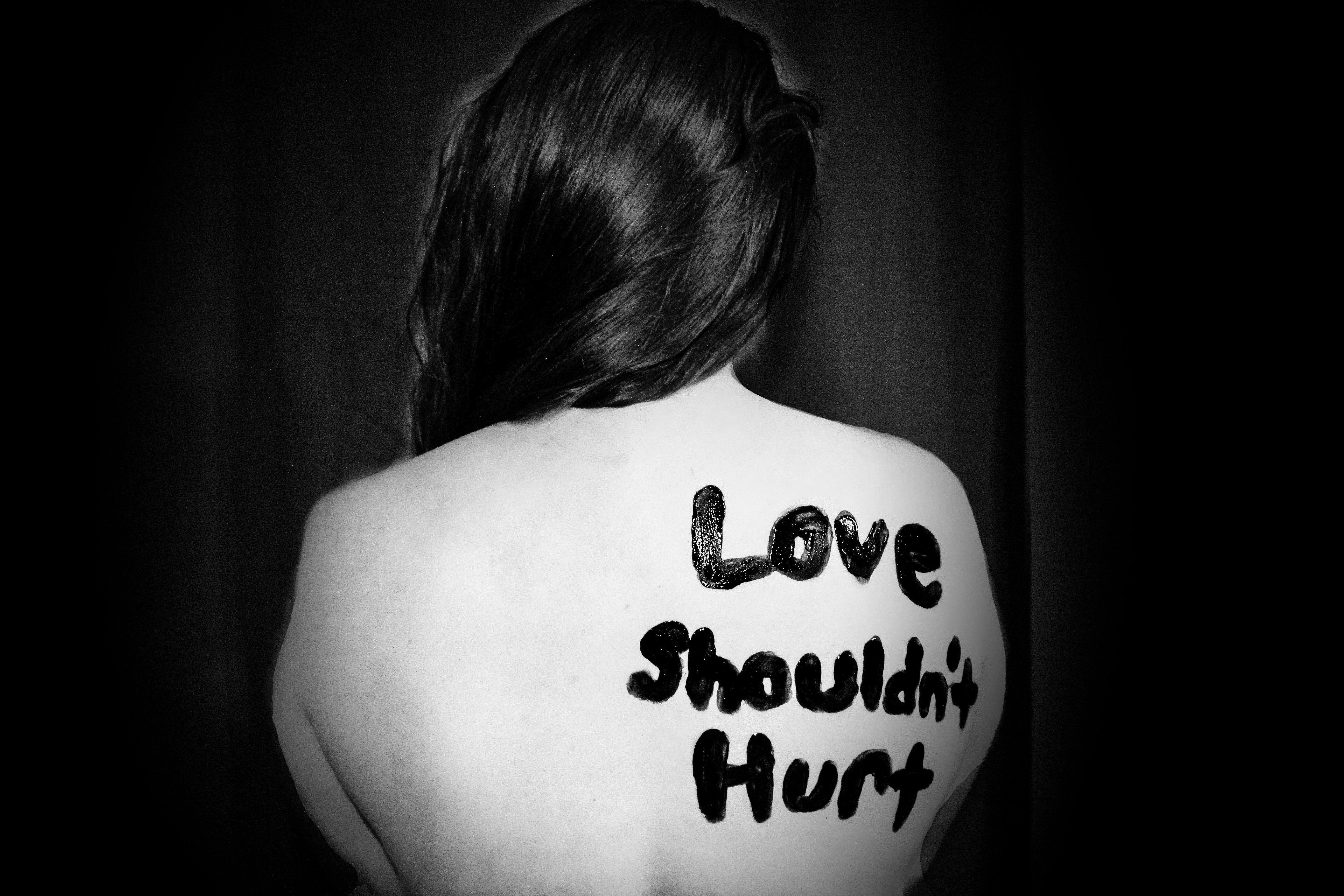

By Christopher Bryson
For too long, domestic violence was considered a family issue and was left for families to address in private” proclaimed President Biden in September. In reality it is a public issue: 1 in 4 women and 1 in 10 men have experienced physical violence, sexual violence, or stalking by an intimate partner in their lifetime.
Biden’s proclamation brings with it a proposed budget to accompany his American Rescue Plan, with $450 million set aside for domestic violence and sexual assault service providers. Funds would be allocated to assist survivors of these crimes, with an  additional $550 million to help fund women’s shelters and $1 billion more for grant programs overseen by the Department of Justice’s Office on Violence Against Women.
additional $550 million to help fund women’s shelters and $1 billion more for grant programs overseen by the Department of Justice’s Office on Violence Against Women.
According to Valerie Hudson of Texas A&M University, this shift in awareness is also of benefit to America’s overall stability as a nation. In collaboration with researchers from Brigham Young University, Hudson collated data from the United Nations Human Development Index and its measurements of a country’s average lifespan, health levels, and educational bench- marks. The team then rated 176 countries on a scale of “patrilineal/fraternal syndrome” with a rating scale from 0 to 16 using elements such as violence towards women, attitudes towards such violence, and the unequal treatment of women. The higher a nation’s rating, the lower its Index measurements. The United States rates a 2 on the scale.
The more a society tolerates the devaluation of women with sexist ideologies and patriarchal (male-dominated) cultural practices, the more fragile it becomes. A prime example can be found by examining the cultures of the Middle Eastern nations of Saudi Arabia, India, Iraq, and Afghanistan; and African countries like Nigeria, Somalia, and South Sudan. These nations rate above 12 on the scale of sexism and abuse of women. Recent laws such as the abortion ban in Texas and high-profile cases of men in power abusing women are examples of America’s devaluing of women in an attempt to control their bodies.
The Biden administration is looking next to pass its Violence Against Women Act to address these issues in our culture. Proposals are just the beginning in a long-overdue shift in the nation’s consciousness, though, just a small first step toward an equitable future for women.
Originally published by the Mule Creek Post

This article is incredibly jumbled and confusing with statements like, “a scale of “patrilineal/fraternal syndrome” with a rating scale . . . using elements such as . . . ” and “The higher a nation’s rating, the lower its Index measurements.” Sentences literally appear to be in incorrect wrong paragraphs.
With a little re-arranging, I culled:
[By using] a rating scale from 0 to 16 using elements such as violence towards women, attitudes towards such violence, and the unequal treatment of women [the study found]:
• devaluation of women with sexist ideologies and patriarchal (male-dominated) cultural practices [cause societies such as] Saudi Arabia, India, Iraq, . . . Afghanistan . . . Nigeria, Somalia, and South Sudan . . . [to] rate above 12 on the scale of sexism and abuse of women.
[Despite] Recent laws such as the abortion ban in Texas and high-profile cases of men in power abusing women are examples of America’s devaluing of women in an attempt to control their bodies . . .
• The United States rates a 2 on the scale.
I believe the article is stating that, despite the US having a long way to go with how women are treated, the US is way, way better than the middle-eastern, Asian and African nations listed which have horrible cultural practices against women.
Is my interpretation of this article correct?
Alan – that’s how I read it.
OK, good. There was criticism of the US in the article, and I agree we still have a progress to be made, relative to our own culture. I’m heartened this wasn’t just a US-bashing article on the topic, since clearly what has happened, and is happening again, in Afghanistan, as one example, is heartbreaking beyond what we even conceive of here. A few years ago I talked to a Saudi student at UCD who had terrible stories about the place of women in society there. She wanted to find a way not to return, and I remember thinking how sharp & modern she was and wondering why they let her come to the US where she could testify about the conditions for women in Saudi Arabia, as well as experience first hand life in the US.
Whole topic is interesting…
Jewish culture came from “the middle east”, and ‘blood-lines’, being a Jew ‘flowed from’ the women… you were a Jew if your Mom was a Jew… yet, if you look at scripture (Old Testament) there are many examples of both the society ignoring women, particularly widows… yet praising them in many places (Ruth, Esther) as exemplary… mixed bag.
Christian culture much the same… glorifying women on one hand (the Marys), but putting them down, historically barring them from ‘priesthood’ (actually, in the early Christian church there were woman deacons [a step towards priesthood]) and treating many as ‘witches’, and meant to be ‘subordinate’… mixed bag.
Islam drew much from the Judaic and Christian texts and philosophies… there is a ‘book’ in the Qur’an devoted to Mary… yet, many Arab cultures on one hand revere women, on the other, they have ‘subjugated’ them… mixed bag…
Those are the 3 belief systems I’m familiar with… I suspect there are others with “mixed bags”…
Rankings? Depends on the eye/optics of the beholder…